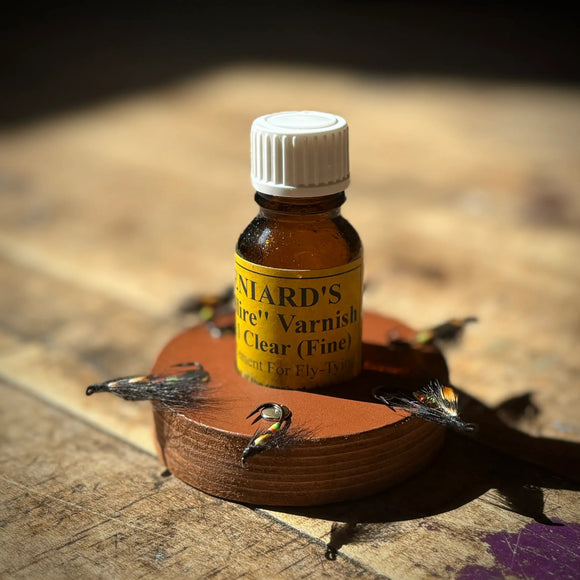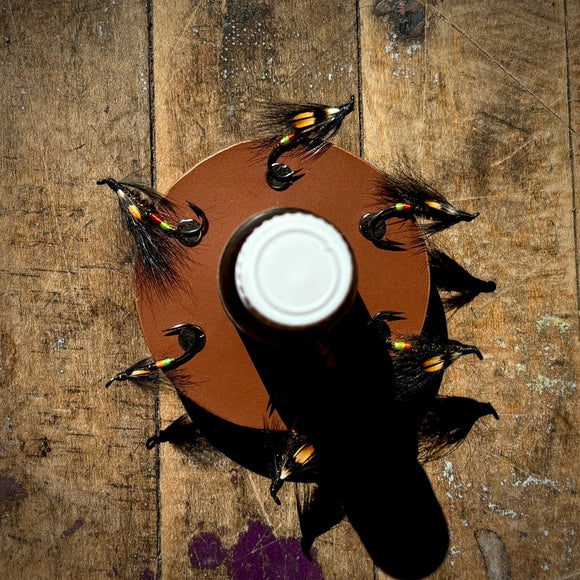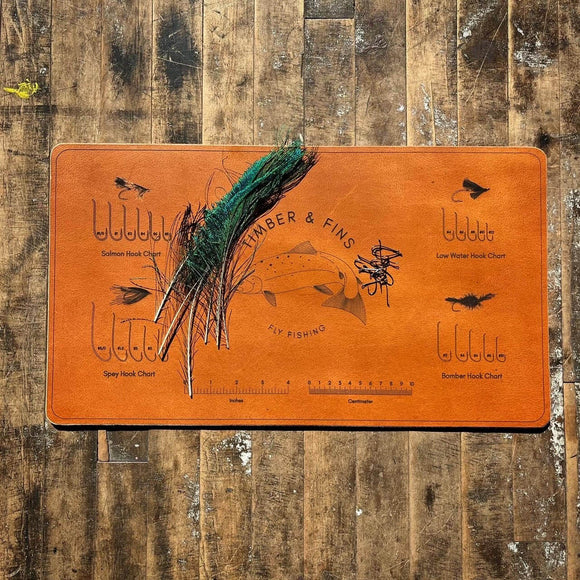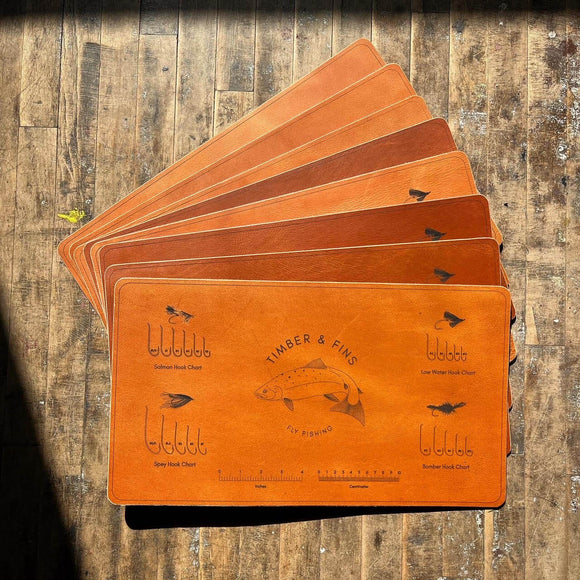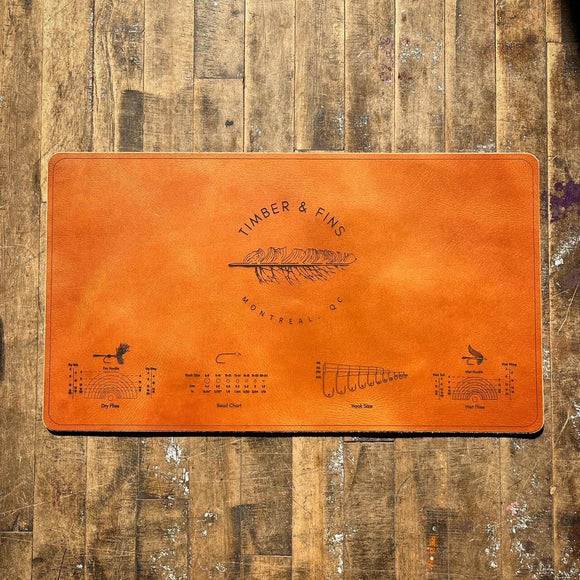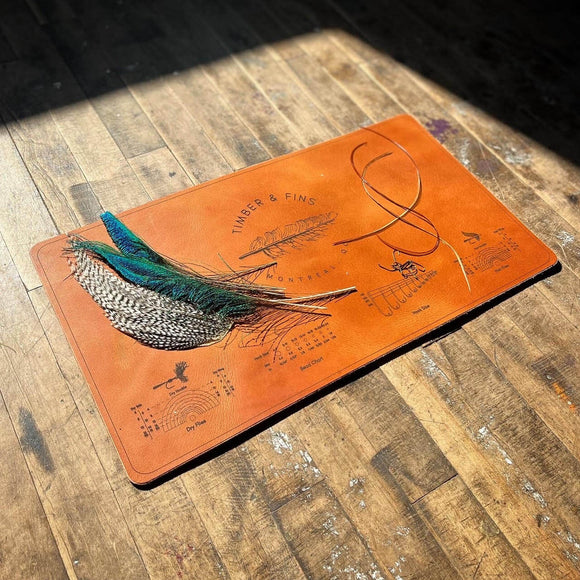Que ce soit pour cibler le saumon atlantique dans l'Est du Canada, la truite arc-en-ciel sur la côte Ouest, ou les énormes truites de mer en Argentine, la Green Machine a ferré d'innombrables poissons trophées. Originaire de la rivière Miramichi au Nouveau-Brunswick, la Green Machine a gagné une place dans les boîtes à mouches du monde entier. Avec son corps en poils de cerf finement taillé et légèrement hachuré, cette mouche est sans doute l'une des mouches noyées les plus efficaces pour le saumon atlantique et la truite en période estivale à travers le Canada.
Contrairement à son cousin en poil de cerf, le Bomber, la Green Machine est pêchée comme une mouche noyée, généralement balancée ou ramenée en strips. Variante des « buck bugs », les versions peuvent différer selon le type d'hameçon (œil vers le haut, œil vers le bas, double, tube) et le matériau utilisé pour la queue (Krystal flash, queue de veau, corps de veau). La manière dont les corps sont taillés peut dépendre du profil que le moucheur vise et de la profondeur dans la colonne d'eau où il souhaite pêcher.

Recette:
Green Machine (White Tail)
Fil : Fil vert, assorti à la couleur de vos poils de cerf, adapté à la taille de la mouche.
Hameçon : Hameçon à œil relevé pour saumon, comme le Ahrex HR410.
Queue : Veau blanc (queue ou corps) et éclat si vous le souhaitez.
Tag : Fil vert (ou mouliné) suivi de rouge.
Corps : Poils du corps de cerf vert, filés et taillés.
Hackle : Plume de selle brune ou orange, palmé à travers le corps
Tête : Sharpie noir fini avec votre choix de colle pour tête.
Green Machine (Flash Tail)
Fil : Fil vert, assorti à la couleur de vos poils de cerf, adapté à la taille de la mouche.
Hameçon : Hameçon traditionnel pour mouche noyée, comme le Ahrex FW581.
Queue : Morceaux de Krystal Flash (la quantité peut varier).
Tag : Fil vert ou mouliné suivi de rouge
Corps : Poils du corps de cerf vert, filés et coupés.
Hackle : Plume de selle brune ou orange, palissée à travers le corps.
Tête: Sharpie noir fini avec votre choix de colle pour tête.

Étape 1 : Travailler le fil jusqu'à la pointe de l'hameçon.

Étape 2 : Attachez des brins de Krystal Flash.

Étape 3 : Coupez le flash à la longueur souhaitée de la queue.

Étape 4 : attachez le fil ou la soie vert/chartreuse à l'étiquette.

Étape 5 : Attachez une étiquette en fil rouge ou en laine.

Étape 6 : Tordre les poils de cerf.

Étape 7 : Coupez le corps. (La façon dont vous coupez le corps influencera le profil de la mouche et la profondeur à laquelle elle pêchera.)

Étape 8 : Attacher la huppe de selle.

Étape 9 : Enroulez la plume de hackle vers l'arrière, en faisant passer le fil derrière puis de retour vers la tête de la mouche. Nouez votre fil.
Astuce : Certaines personnes préfèrent attacher la collerette à l'arrière de la mouche avant de tourner les poils de cerf. Cela donne une mouche plus propre, mais cette version la rend plus durable pour la pêche. À vous de choisir !
Étape 10 : Utilisez un marqueur indélébile pour colorer la bande de roulement et appliquez de la résine UV ou du ciment pour tête.
MOUCHES
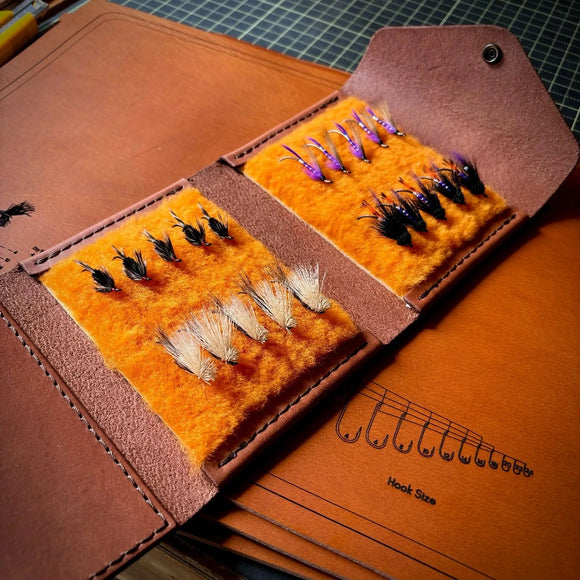
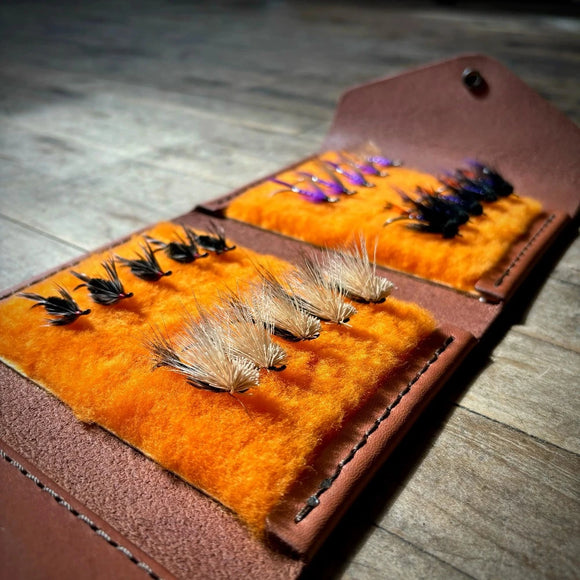
Ensemble de mouches Steelhead
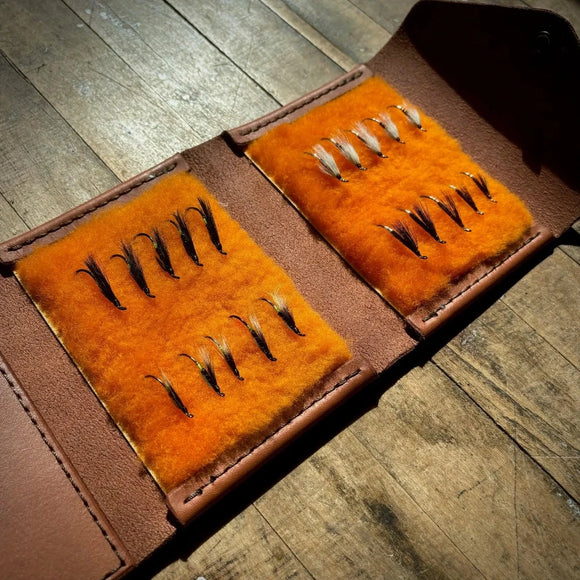
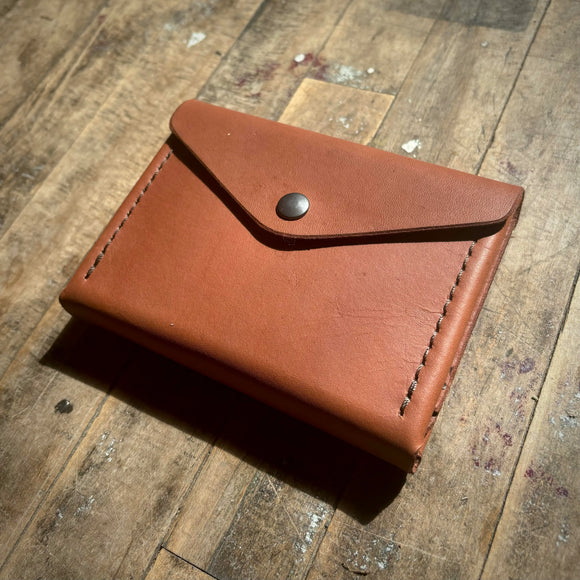
Ensemble de mouche à saumon
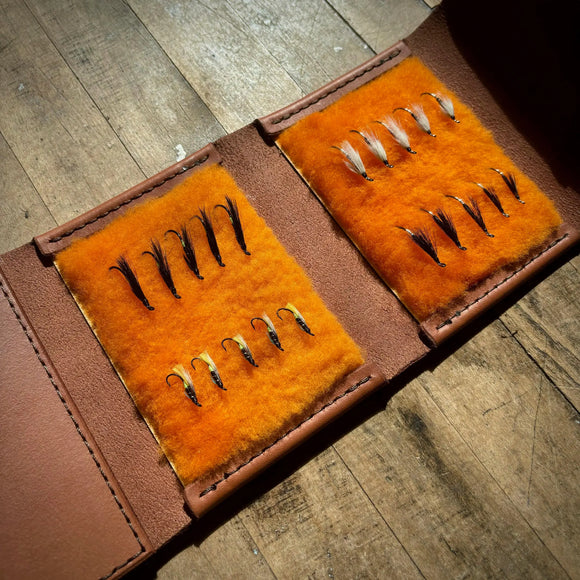
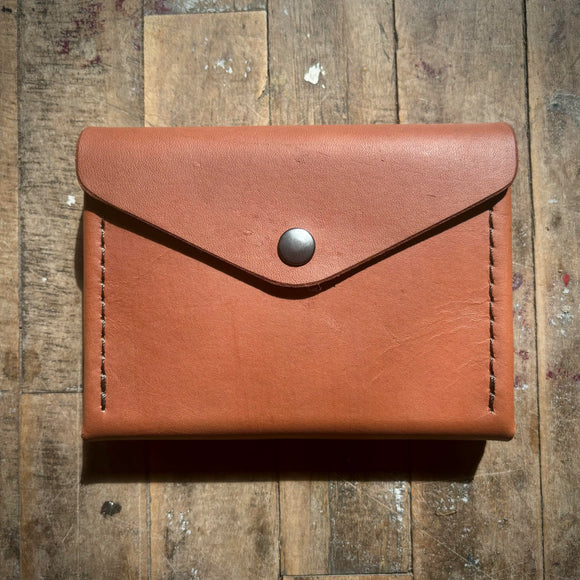
Ensemble de mouche à saumon #2
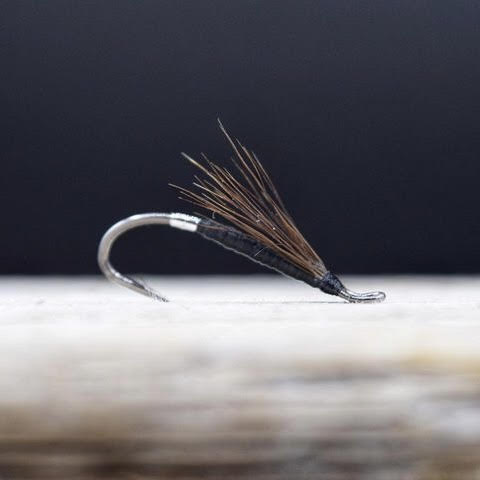
Black Silver Tip
MONTAGE DE MOUCHE
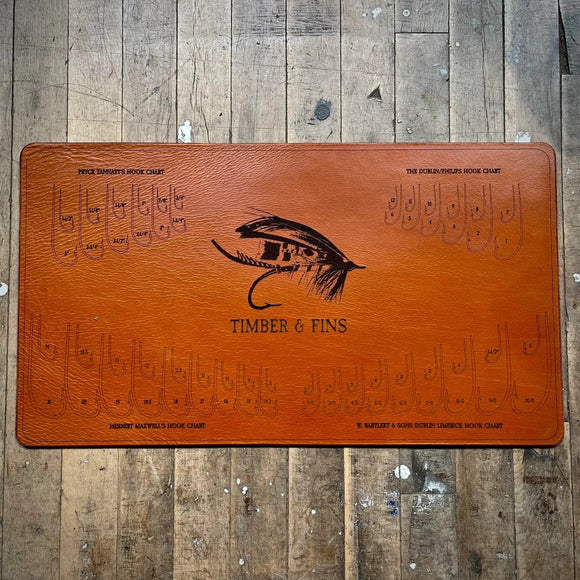
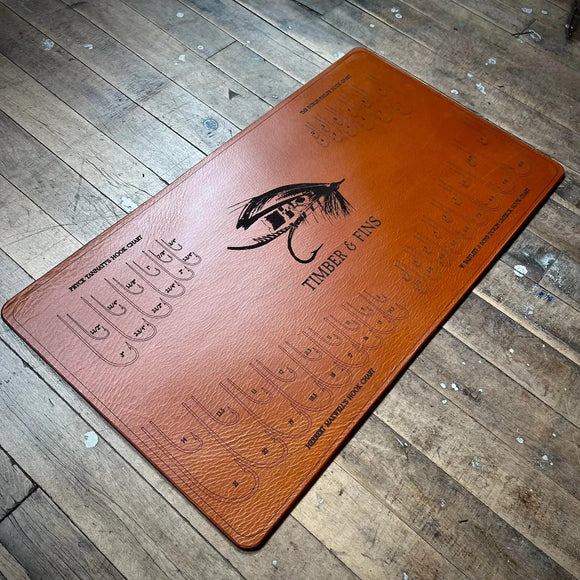
Napperon de montage "Heritage"
